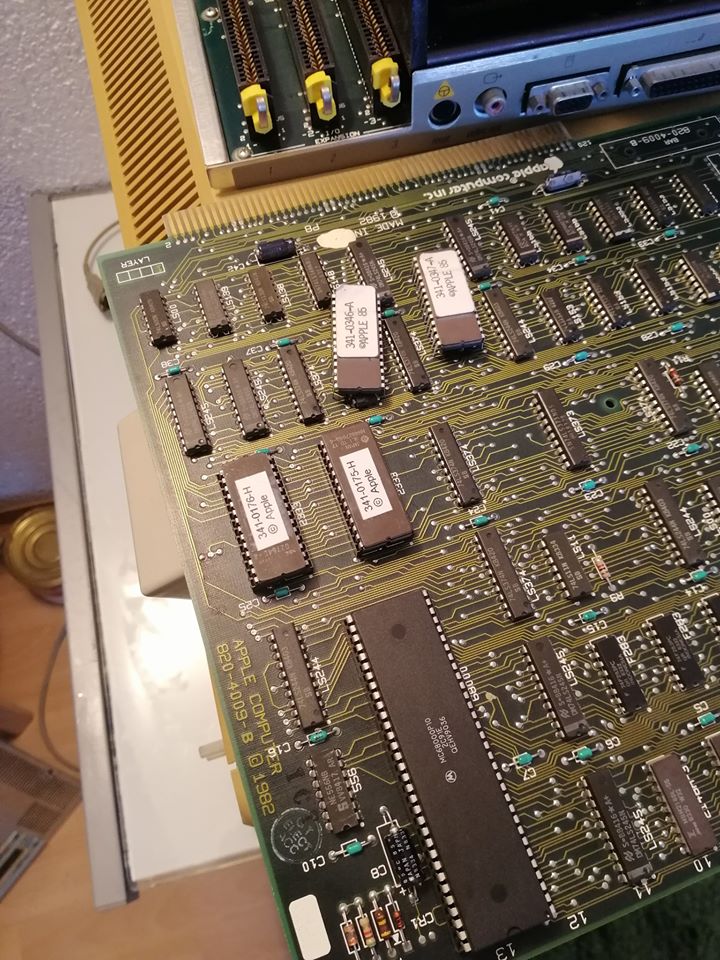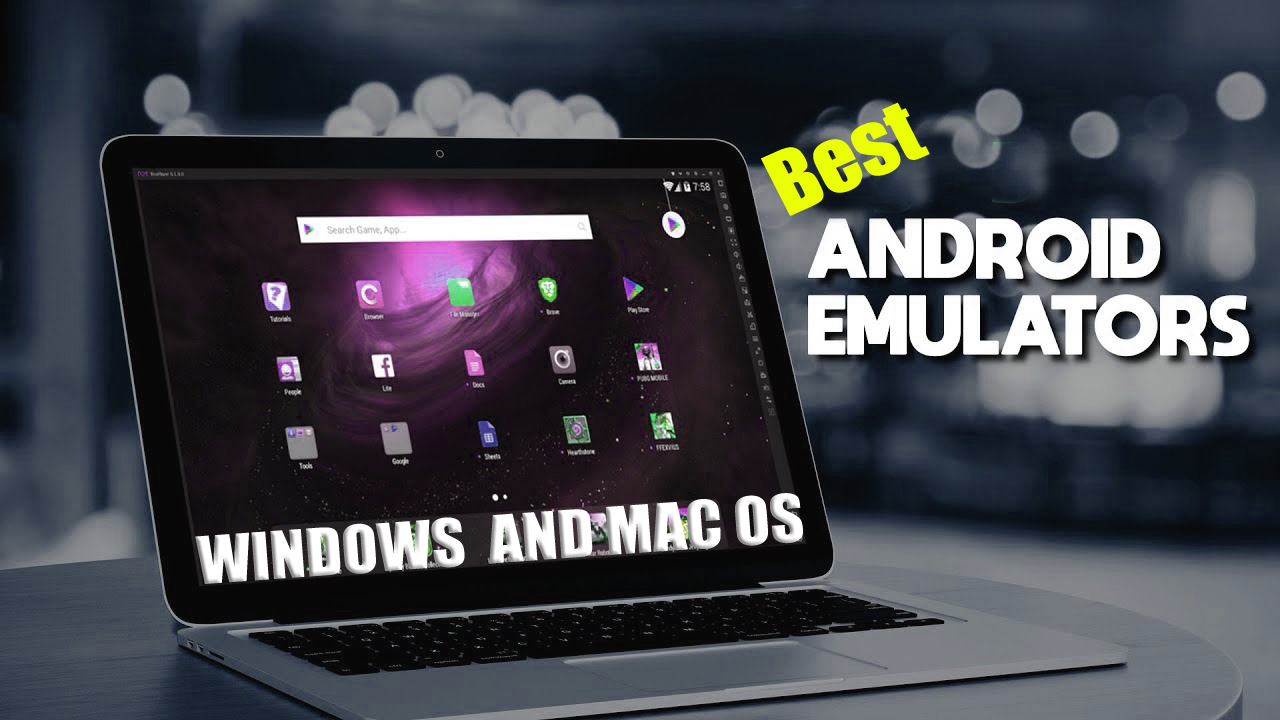

- #APPLE MACINTOSH ROMS HOW TO#
- #APPLE MACINTOSH ROMS UPDATE#
- #APPLE MACINTOSH ROMS MODS#
- #APPLE MACINTOSH ROMS CODE#
Mac ROM-inator Kit assembly instructions. More details about its inspiration and development are here. The ROM-inator is a descendant of Rob Braun’s original Mac Plus ROM Adapter and disk driver. #APPLE MACINTOSH ROMS CODE#
128K ROM code turns a Mac 128K or 512K into a 128Ke or 512Ke. ROM disk image including System 6, Mac Write, Mac Draft, and eight games. Pirate icon is displayed while waiting to load the ROM disk. Happy Mac icon is replaced by a Mac wearing sunglasses. Startup beep is replaced by a glass “ping”. 
Any of them can be changed by updating the flash memory. The kit includes preprogrammed flash chips with these ROM changes as defaults. For power users, binary editing of the ROM image opens new possibilities like altering the built-in fonts and modifying the system startup routines. A simple GUI tool on the Mac makes it easy to modify common sections of the ROM, including the ROM disk contents. Customized startup sounds add a touch of fun, and the ROM disk provides fast and convenient boot-ups. The Mac ROM-inator is great for breathing new life into your old compact Mac. You’ll need a hobbyist-friendly fabrication service like OSHPark to create the PCB, and an EPROM programmer for the flash memory chips.
#APPLE MACINTOSH ROMS HOW TO#
Or see the parts list and Gerber files below for information on how to make your own kit. Please see their store for any questions and tech support. You can buy a pre-packaged kit from Kero’s Mac Mods. The Mac ROM-inator Kit has been discontinued at BMOW, but don’t despair! The design is open source:
#APPLE MACINTOSH ROMS MODS#
Kay Koba, Kero's Mac Mods Store on Mac ROM-inator I Kit. Hubert on Apple SmartPort Pin Directions. STEVE BURKE on Floppy Emu Disk Emulator for Apple II, Macintosh, and Lisa. #APPLE MACINTOSH ROMS UPDATE#
groinksan on Yellowstone Future Forecast Update. Steve on Floppy Emu Disk Emulator for Apple II, Macintosh, and Lisa. Yellowstone Universal Disk Controller for Apple II Overall: 13 1/2 in x 16 in x 20 in 34.29 cm x 40.64 cm x 50.Floppy Emu Disk Emulator for vintage Apple II, Macintosh, and Lisa Manufactured (overall production method/technique) United States: California, Cupertino Physical Description Over time, Apple computers would appeal most strongly to artists and designers, while the IBM/DOS line of computers sold better in business markets.Īfter selling hundreds of thousands of units, Apple discontinued the "Mac Classic" line of computers in April 1986. Shortly after the 512 KB appeared, Apple also introduced a LaserWriter printer, which enabled desktop publishing for individuals and small businesses. Applications included MacWrite, a word processor, and MacPaint, a drawing program that turned the mouse into a paintbrush. It contained 512 KB of RAM and 64 KB of ROM and initially had a 400 KB Floppy disk drive. The Macintosh 512 KB contained a Motorola 68000 microprocessor which ran at 8 MHz. The vertical processor case and 9" monochrome screen were distinguishing features of all the early Macintosh line. It gave users four times as much memory, and allowed them to keep several major programs open simultaneously. The Macintosh 512 KB, nicknamed "Fat Mac," was introduced in September 1984. The first Macintosh had only 128K RAM, and users quickly found this insufficient. Apple's version of the mouse had a single button, which became an Apple standard. They could also execute functions like saving, moving, or deleting files by clicking and dragging the icons around the screen with a pointing device called a mouse. Instead of typing out names of programs on command lines, users with a GUI could click "icons," or pictures that represented the programs they wanted to run. Apple proved far more successful when it introduced the Macintosh in January 1984, with a splashy television advertisement during the Superbowl. The idea had originated at Xerox's Palo Alto Research Center in the 1970s, but Xerox was slow to commercialize it. The Apple Macintosh introduced a graphic user interface (GUI) to the Apple line of computers.






 0 kommentar(er)
0 kommentar(er)
